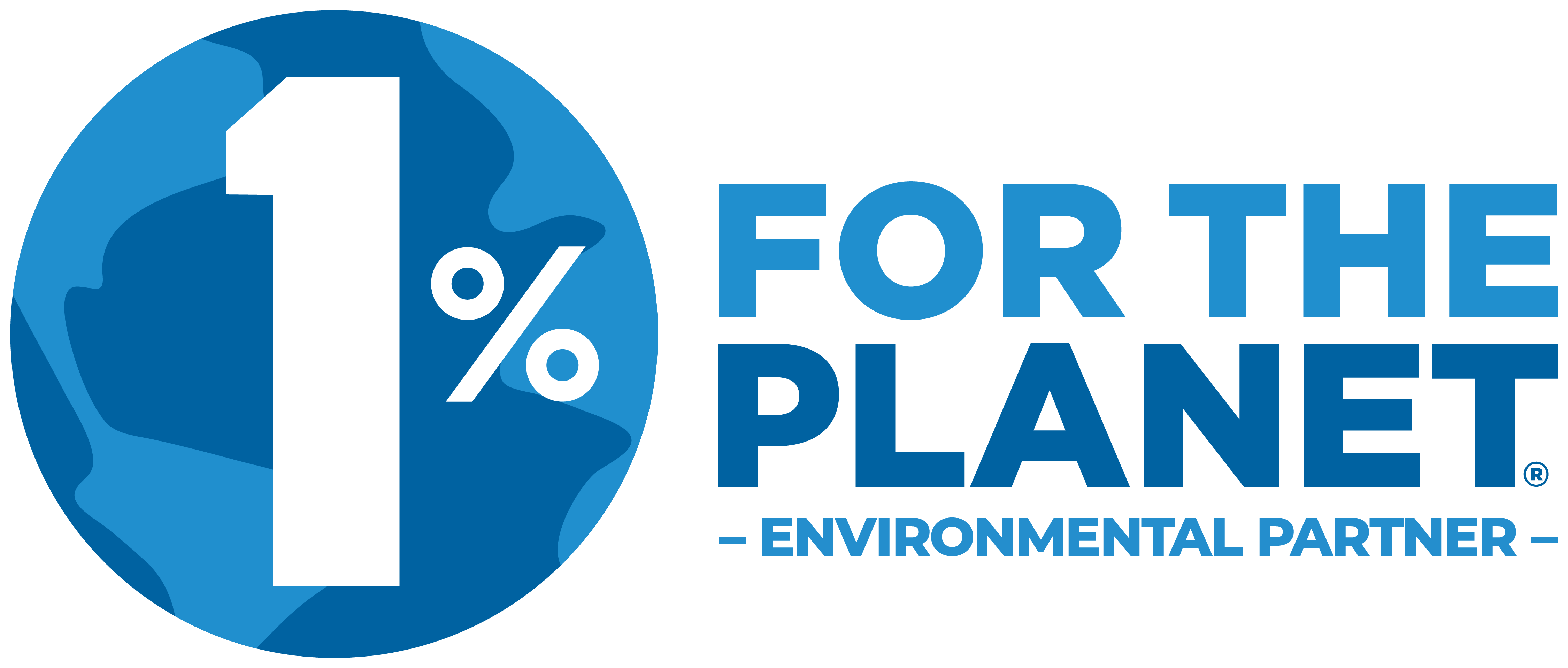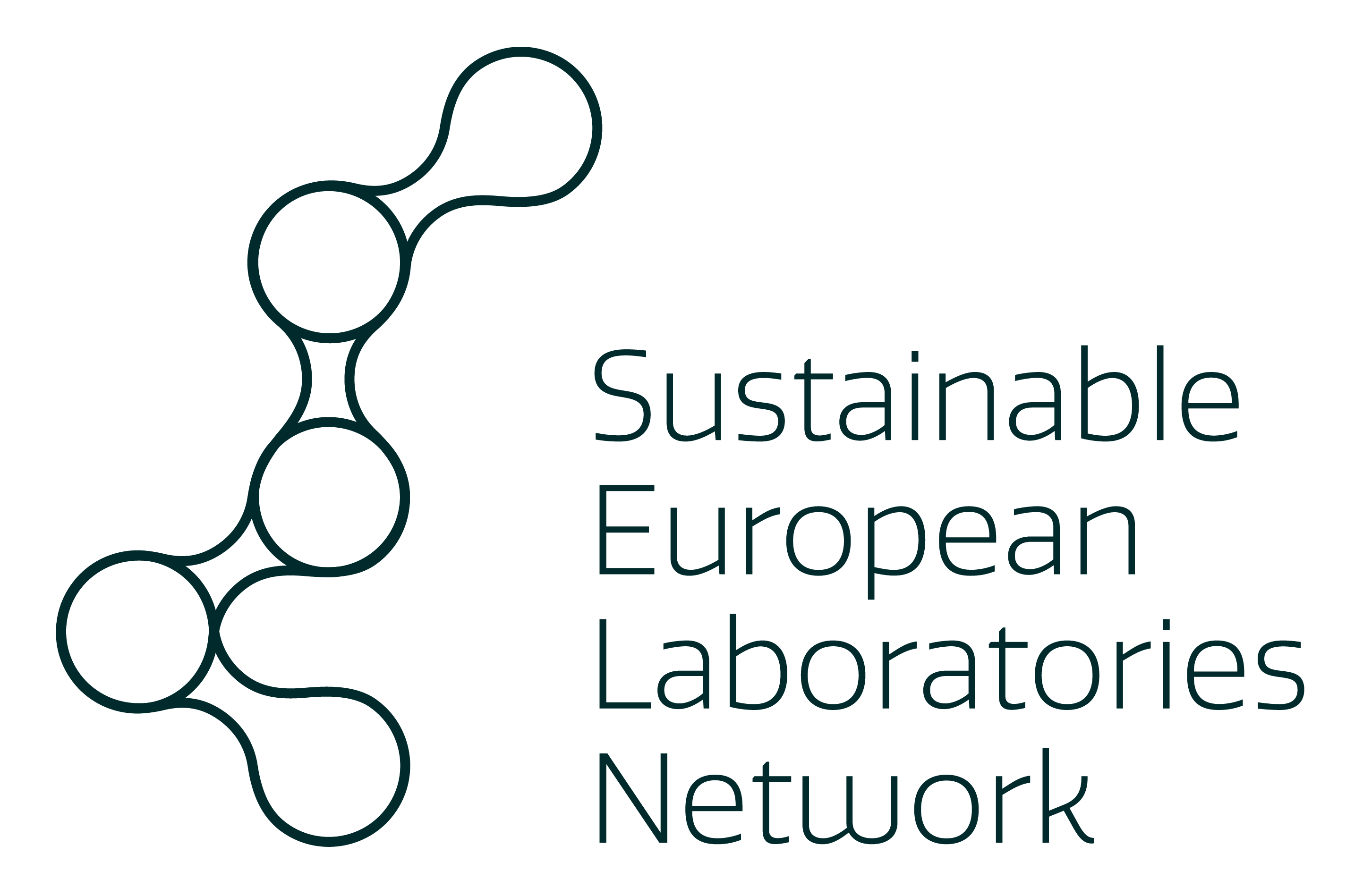Work-related airtravel
Air travel is an important contributor to carbon emissions of institutes of higher education and of individual research activities. Exact estimates differ between institutions, in part related to the nature of activities, and can exceed 20% of the total footprint of institutes. International meetings, conferences and travel for data collection are prominent reasons for travel. Opportunities to attend meetings and conferences by virtual means have increased in recent years and an increasing number of institutes recommend or require alternative modes of transport for shorter journeys (e.g. those that can be made by train within 7 hours). Nevertheless, short- and long-haul flights remain common in academia. With over 7 million researchers worldwide, it is estimated that the carbon footprint of academic conferences alone exceeds that of entire countries.

Background Information & Media
- Thoughtful Travel: Geoffrey Mosquito and the Traveling Scientists – Youtube video
- Academic Flying policies of Dutch universities – de jonge akademie, 2020
- Estimating and reducing the carbon footprint of academic travel – Book chapter on academic flying and ways to calculate the carbon footprint of academic travel
- Dirty planet but a clean conscience? The truth about airplane carbon offsetting – CNN newsitem
Useful Tools
- Online travel calculator and map generator – This app was developed by Jordache Ramjith and Teun Bousema (Radboudumc, the Netherlands); it builds on methodology developed by Didier Barret (Institut de Recherche en Astrophysique et Planétologie, France) and Rogier Kievit (Radboudumc).
- Online travel calculator with different emission assumptions – Travel footpint calculator provided by Didier Barret
- Right on Track – Calculation tool for train versus airplane trips by Utrecht University
- Chronotrains – Interactive map that shows how far you can travel by train from every station in Europe
- Flyingless toolbox – The toolbox addresses key issues and fundamentals for reducing aviation emissions in academia and supports you in change processes at your institution
- The ExPlane Toolkit – Do you want to reduce your university’s emissions by addressing air travel? This campaign toolkit can help you raise awareness on the climate impact of flying and to change your university’s travel policy.
Publications on this topic
- Transforming ESCMID in a time of climate change: a call for sustainable conferencing– Bousema et al., 2024
- A little more conversation, a little more action, please: the carbon footprint of travelling to conferences of the European Health Psychology Society – Warmer et al., 2024
- The critical role of funders in shrinking the carbon footprint of research – Bousema et al., 2022
- Academic air travel has a limited influence on professional success – Wynes et al. , 2019
- Reducing the Carbon Footprint of Academic Conferences: The Example of the American Society of Tropical Medicine and Hygiene – Bousema et al., 2020
- The elephant in the room: Long-haul air services and climate change – Dobruszkes et al., 2024
- Flight quotas outperform focused mitigation strategies in reducing the carbon footprint of academic travel – Tamara Ben-Ari et al., 2024
- Tackling the academic air travel dependency. An analysis of the (in)consistency between academics’ travel behaviour and their attitudes – De Vos et al., 2024
Page co-developed by

Teun Bousema
Professor
at Radboud UMC

Aram de Haas
Sustainability Coordinator
at Amsterdam UMC



